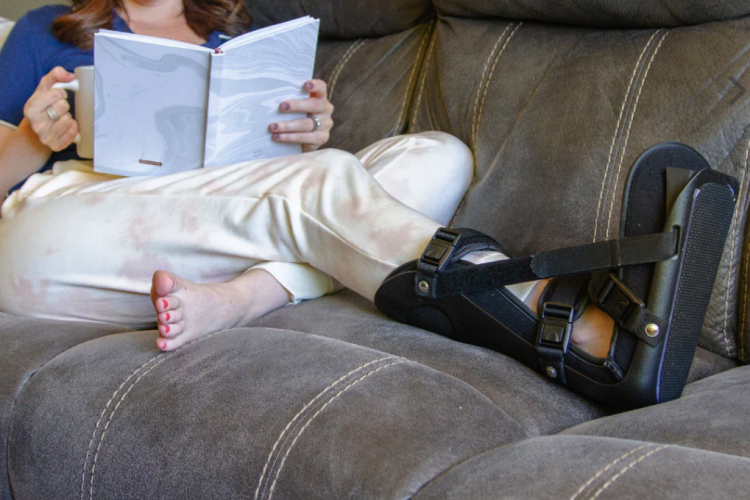-
About
Explore
-
Undergraduate
ExploreUp a level (this gets replaced in JS)
-
Getting Started
Explore
-
Future and Current Students
Explore
-
Get Connected
Explore
-
Get Involved
Explore
-
Diversity and Inclusion
Explore
-
Academic Advising
Explore
- Visit and Apply
- Student Profiles
- Donate
-
Getting Started
-
Graduate
Explore
-
Research
Explore
-
Alumni
ExploreUp a level (this gets replaced in JS)
-
Get Involved
Explore
-
Achievements
Explore
- Contact
- KINES News
- Donate to KINES
- Update Your Contact Information
-
Get Involved
-
Outreach & Service
Explore
-
Contact
Explore
-
Departments
Explore
-
Research Centers
Explore
-
Central Administration
Explore
-
Training and Support
Explore
- Contacts/Directory
Can stretching improve circulation and ability to walk?

The standard lifestyle recommendation for people with narrow blood vessels in their legs is treadmill walking. We will determine if passive calf stretching can improve their vascular health and help them walk further with less pain.
David Proctor, Professor of Kinesiology

Purpose
This study will examine whether at-home calf stretching can reduce peripheral artery disease (PAD) symptoms by improving blood flow, increasing mobility, and improving walking performance. One in every 20 Americans over age 50 has PAD.
Participants will wear custom boots designed to stretch their calf muscles.
Impact
People with narrowed blood vessels in their legs can only walk a short distance before needing to sit down due to pain in their calf muscles. Most of these patients do not follow their doctor's advice to walk on a treadmill because exercise is painful.
Positive results from this calf-stretching study could enhance these patients’ ability to walk comfortably using a simple, at-home therapy. This therapy could become a bridge to improving vascular and muscle health.
Investigators
Principal investigator: David Proctor
Co-investigators: Stephen Piazza; Jason Fragin
Graduate students: Jocelyn Delgado, Logan Faux-Dugan
Nurse coordinator: Lori Gray
Collaborators
Inside the department, this is a collaboration between exercise physiology and biomechanics experts.
This is also a collaboration with local Penn State Health physicians.
Sponsor
This work is funded by an Innovative Project Award from the American Heart Association, 2023-25.

